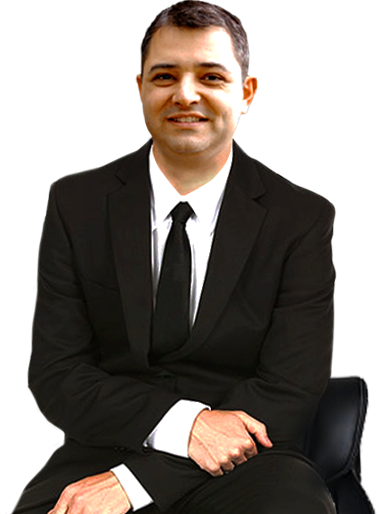Mortons Neuroma Surgery Information
Mortons neuroma is a thickened/irritated inter-digital nerve often surrounded by an inflammed inter-metatarsal bursa. It results in forefoot pain which can radiate into the toes. The pain it produces can often be made better with simple treatments including wide and deep toe box shoes, avoiding aggravating footwear and occasionally an orthotic. An injection of cortisone can also be helpful. If simple treatments don’t help then surgery is an option.
Surgery
The surgery for Mortons neuroma is known as an inter-digital neurectomy. The procedure involves making an incision on top of the foot at the base of the affected toes. The neuroma is dissected free and a segment of the nerve is excised. It is sent to the pathology lab for confirmation. The ends are not sutured together. The skin is sutured back together. If more then one webspace has a neuroma, the bigger one is excised and the adjacent one is decompressed only, not excised. This is to avoid cutting off the blood supply to the toe. You will need a general anaesthetic and usually a local anaesthetic nerve block to help with postoperative pain-relief.
Post-Operatively
You can walk on the foot with a surgical shoe as soon as you are awake. Crutches are optional. You will need to keep the foot elevated as often as possible, this is to control swelling and pain and to reduce bleeding. You may need to take medication to control pain. You should keep the bandages dry and clean until your first post-operative clinic visit.
- Activity
- Timeframe (approximate)
- Walk with surgical shoe/sandal
- 2 wks
- Walking in wide shoes
- 2 – 6 wks
- Most activities and shoes
- 6wks – 3 mts
- Full Recovery
- 3-6 mts
- Type of Work
- Time off
- Sitting
- 2 weeks
- Standing
- 2-4 weeks
- Driving (if right foot)
- 4 weeks
- Lifting
- 4 weeks
Risks of surgery
All surgical procedures carry some risk. The risk of complications with Mortons neuroma surgery is low. Most patients benefit from surgery however a small number of patients are worse. You should weigh up the benefits with the risks prior to electing to have surgery.
This is a list of the most common problems which can occur:
- Stiffness – reduced range of movement of the toes and joint/s
- Swelling – is normal and improves with time, but can occasionally persist past 6 months
- Wound healing problems – increased if smoking, diabetic, poor circulation
- Nerve injury – resulting in numbness or pins and needles, occasionally nerve pain
- Infection – minimized with antibiotics, elevation, keeping wound dry
- Bleeding – usually this is minor, but rarely it can result in a haematoma which may need to be evacuated/drained
- Pain – can be managed with medication or other means
- Toe deformity – the adjacent toes may deviate and point up or to the side (floating toe)
These are quite rare complications, but they can and do happen:
- Recurrence of neuroma at the nerve stump – resulting in pain under the foot
- Injury to the blood supply to the toe – this can very rarely be significant and lead to amputation
- Scar sensitivity and pain
- Complex regional pain syndrome (CRPS) – nerve pain syndrome, may be prevented by taking Vitamin C 500mg daily
- DVT – clot in the deep veins of the leg (increased if smoking, contraceptive pill, hormone replacement or previous history)
- Anaesthetic complications – more likely if pre-existing medical disorders
You will need the Adobe Reader to view and print these documents.
![]()









